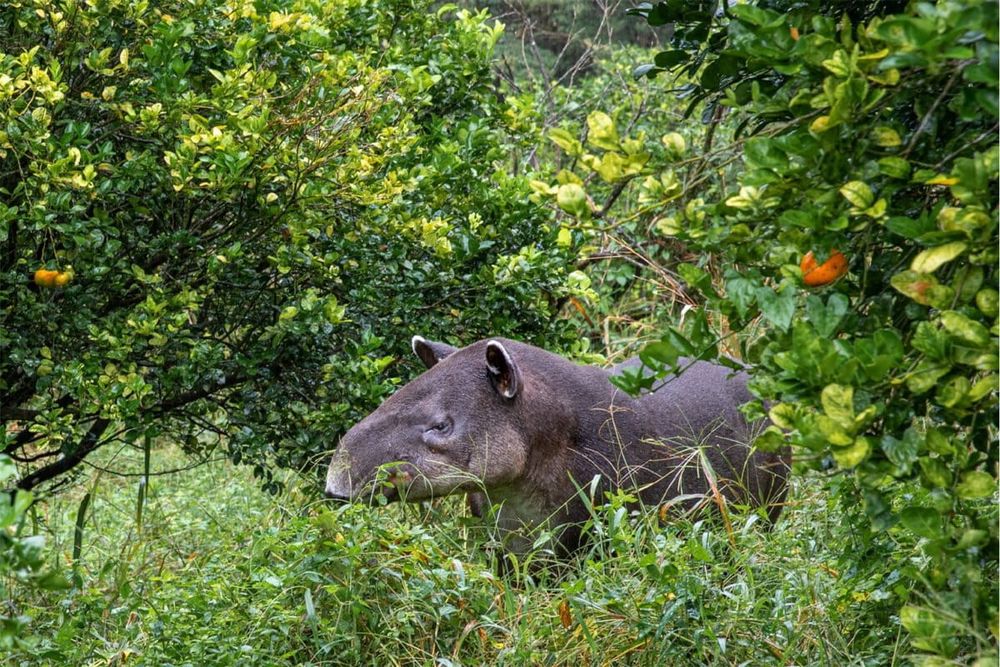🌳🌲🌴🪻🦔🦉🐜🪱
A very important work led by Étienne Lalechère ⬇️
@etiennelalechere.bsky.social
@cp-trendsecolevo.bsky.social
shorturl.at/QUWXm

Reposted by: Jonathan Lenoir
The latest in our Disability series is also free to read!
Also articles from Rust and McCoy, Tian et al, Li et al, Peng et al and Kitano et al.
Reposted by: Jonathan Lenoir
Cover article by Guan-Long Cao, Wei Wang and colleagues looking at the biodiversity on the largest continuous mountain belt on Earth.

Reposted by: Jonathan Lenoir, Julie L. Lockwood

by James M. Bullock — Reposted by: Jonathan Lenoir
See our discussion piece besjournals.onlinelibrary.wiley.com/doi/full/10....


by Jens‐Christian Svenning — Reposted by: Jonathan Lenoir
by Hans Henrik Bruun — Reposted by: Jonathan Lenoir, Jens‐Christian Svenning
We propose a graduated definition, in which species native to neighbouring territories are considered "near-native"
doi.org/10.1002/oik....

by Joaquín Hortal — Reposted by: Jonathan Lenoir
Reposted by: Jonathan Lenoir, Jens‐Christian Svenning, Pieter A. Zuidema

Reposted by: Jonathan Lenoir, Julie L. Lockwood

Reposted by: Jonathan Lenoir, Stephen R. Carpenter, Ben Bond‐Lamberty

by Jonathan Lenoir — Reposted by: Julie L. Lockwood
tinyurl.com/4yerk68n
Reposted by: Jonathan Lenoir, Francis Martin
News & Views: "The dawn of bryophyte genomics is here" rdcu.be/eHzS2
Reposted by: Jonathan Lenoir
This study reveals how land-use intensity, plant diversity, weather, and artificial light interact to shape moth diversity across forests and grasslands.

New paper @methodsinecoevol.bsky.social:
doi.org/10.1111/2041...


Reposted by: Jonathan Lenoir, Francis Martin
Our new study in #EcologyLetters quantifies tundra plant borealization, assesses its main drivers and identifies the species & traits contributing to borealization.
doi.org/10.1111/ele....
🧵 (1/6) 🌐🧪🌱🌍

Reposted by: Jonathan Lenoir
🌐🌏 via @mongabay.com
news.mongabay.com/2025/09/anim...

Reposted by: Jonathan Lenoir

arstechnica.com/ai/2025/09/s...

Reposted by: Jonathan Lenoir

Reposted by: Jonathan Lenoir
Elle lance une campagne de crowdfunding pour raconter des solutions / initiatives dans les médias.
Pr en savoir + et/ou participer ⬇
www.helloasso.com/associations...


